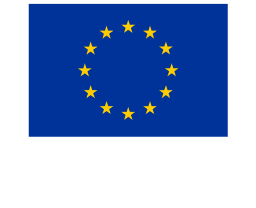Victim and witness support
4.240.00
Refers to the existence of assistance provided to victims of various forms of organized crime (for example, human trafficking, drug trafficking, extortion or fraud).
Support mechanisms, treatment programmes for victims, as well as resources allocated to these initiatives create an environment in which citizens are able to recover more quickly from the effects of organized criminal activities.
Moreover, initiatives such as witness protection programmes are essential, and often the only way to successfully prosecute organized criminals. The more such support programmes are put in place, the more resilient states are to organized crime.





